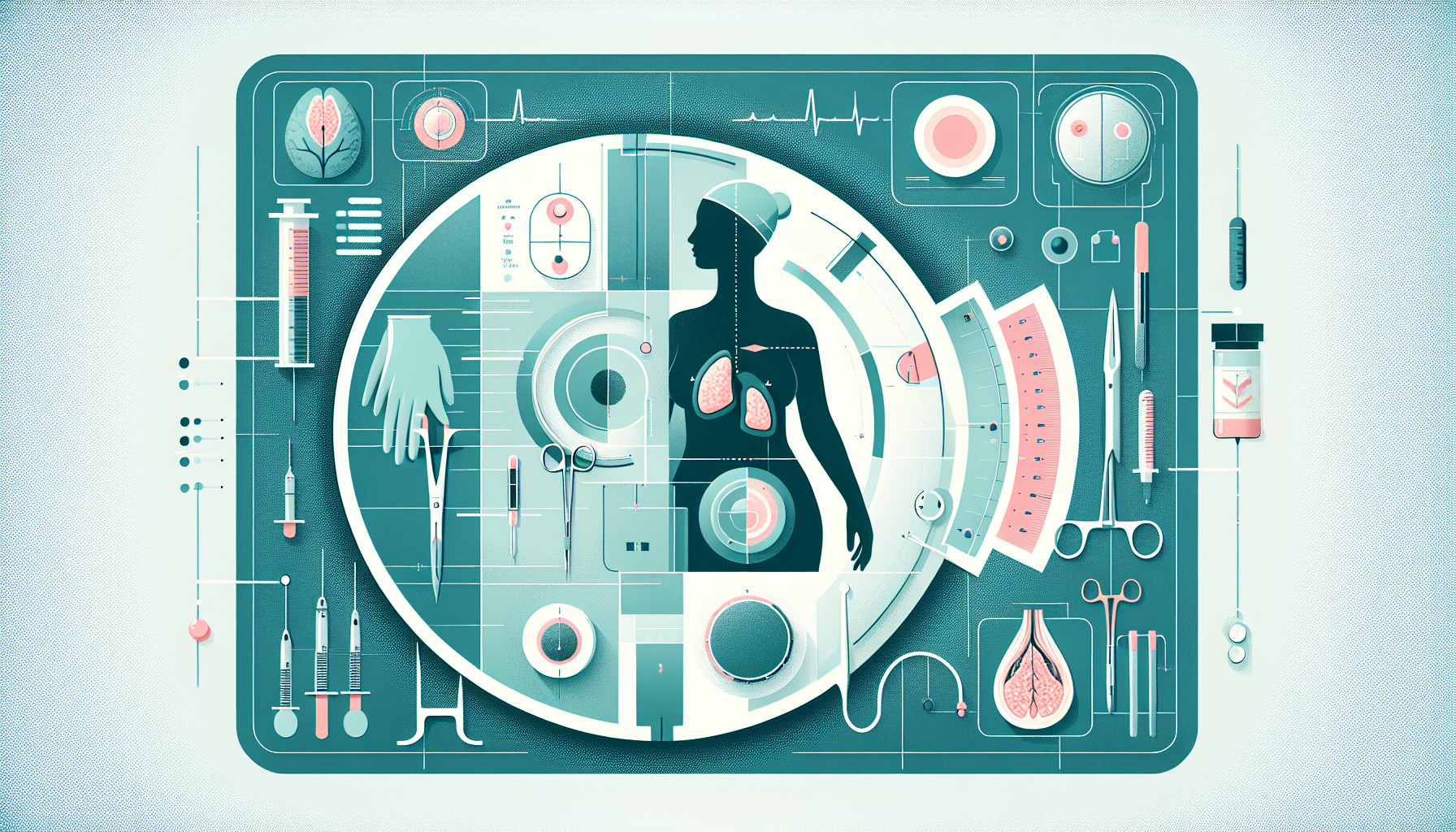Our Summary
Breast reconstruction is often suggested after a mastectomy (removal of a breast due to cancer) to restore the balance between the breasts. However, not all women want this surgery. Instead, some opt for a procedure called a contralateral mastectomy (CM), where the other, healthy breast is removed to create a “flat” appearance. This study reviewed existing research to understand how women fare after a CM.
The researchers looked at studies published from 2000 through August 2022 that focused on women who had a CM without reconstructive surgery following a mastectomy for one-sided breast cancer. They found 15 studies involving nearly 2,000 women who had both breasts removed without reconstructive surgery after cancer in one breast.
The findings showed that these women had a slightly higher risk of surgical complications compared to those who only had one breast removed but a significantly lower risk than those who chose reconstructive surgery. Importantly, the women who underwent a bilateral mastectomy (removal of both breasts) reported high satisfaction with their decision.
The study also identified some common themes, including the denial of a “flat” option, societal stigma, and gender-based assumptions.
In conclusion, the procedure of removing both breasts is a feasible option that can provide a satisfactory outcome for women who do not want breast reconstruction after a mastectomy due to cancer. More research is needed to fully understand the outcomes of this option, but the current data should encourage surgeons to present this as a valid alternative to women.
FAQs
- What is a contralateral mastectomy (CM) and why do some women opt for it?
- How does the risk of surgical complications compare between women who undergo a bilateral mastectomy without reconstruction, those who only have one breast removed, and those who choose reconstructive surgery?
- Does the study suggest that removing both breasts without reconstructive surgery is a satisfactory option for women who do not want breast reconstruction after a mastectomy?
Doctor’s Tip
It is important for women to discuss all of their options with their healthcare provider and to make a decision that is best for them and their individual situation. If you are considering a contralateral mastectomy without reconstruction, be sure to talk to your doctor about the potential risks and benefits, as well as any concerns or questions you may have. It is also important to have a support system in place to help you through the decision-making process and recovery. Remember, your health and well-being are the top priority, and your doctor is there to help guide you through this difficult time.
Suitable For
Patients who are typically recommended mastectomy include those with:
- Breast cancer that cannot be treated with less invasive methods such as lumpectomy or radiation therapy
- A high risk of developing breast cancer, such as those with a strong family history of the disease or a genetic mutation like BRCA1 or BRCA2
- Recurrent breast cancer in the same breast
- Inflammatory breast cancer
- Large tumors that do not respond well to chemotherapy or other treatments
- Extensive ductal carcinoma in situ (DCIS) that cannot be removed with a lumpectomy
It is important for patients to discuss their options with their healthcare provider and consider factors such as their overall health, personal preferences, and goals for breast reconstruction before deciding on a mastectomy.
Timeline
Before a mastectomy:
- Patient receives a breast cancer diagnosis
- Patient discusses treatment options with their healthcare team, including the possibility of a mastectomy
- Patient undergoes pre-operative preparations and consultations
- Patient undergoes the mastectomy surgery
After a mastectomy:
- Patient may experience physical discomfort and emotional distress
- Patient may consider options for breast reconstruction or a contralateral mastectomy
- Patient may undergo additional treatments such as chemotherapy or radiation
- Patient may receive follow-up care and monitoring for cancer recurrence
- Patient may adjust to their new body image and feelings about their breasts
- Patient may experience satisfaction with their decision to have a mastectomy without reconstruction or a contralateral mastectomy
What to Ask Your Doctor
Some questions a patient should ask their doctor about mastectomy and contralateral mastectomy (CM) without reconstruction include:
- What are the risks and benefits of a contralateral mastectomy without reconstruction compared to other options?
- How will my appearance and body image be affected by choosing a contralateral mastectomy without reconstruction?
- What are the potential complications and long-term effects of a contralateral mastectomy without reconstruction?
- How will a contralateral mastectomy without reconstruction impact my future risk of cancer recurrence?
- What support resources are available for women who choose a contralateral mastectomy without reconstruction?
- How will my decision to have a contralateral mastectomy without reconstruction affect my overall health and well-being?
- Can you provide me with information on other women who have chosen a contralateral mastectomy without reconstruction to hear about their experiences?
- What are the psychological and emotional considerations I should be aware of when choosing a contralateral mastectomy without reconstruction?
- How will my recovery process differ if I choose a contralateral mastectomy without reconstruction compared to other options?
- Are there any alternative treatments or procedures that I should consider before deciding on a contralateral mastectomy without reconstruction?
Reference
Authors: Griffin C, Fairhurst K, Stables I, Brunsden S, Potter S. Journal: Ann Surg Oncol. 2024 Jan;31(1):303-315. doi: 10.1245/s10434-023-14294-6. Epub 2023 Sep 25. PMID: 37749407
